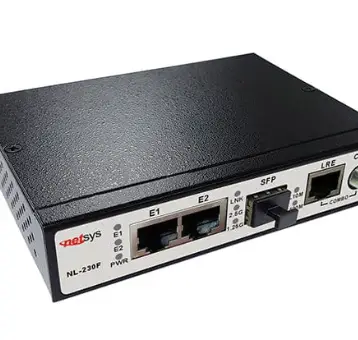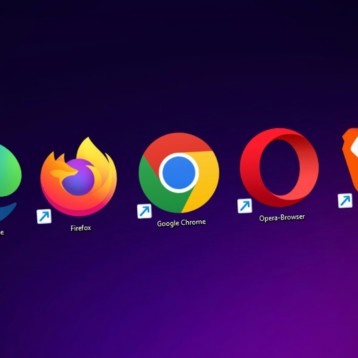
For people with disabilities, accessible and assistive technology is an essential part of making their everyday life easier. We’ve come a long way since the first compatible wheelchair car was invented, and wheelchair accessible vehicles are one only part of the concept today. There’s tech which allows people to control computers with their eyes, ultrasensitive prosthetics and voice controlled devices. So, what accessible technology developments can we expect in the future?
Devices With Built-In Accessibility
Apple devices have really broken new ground when it comes to assistive technology. All Apple iPhones and iPads come with built-in accessible technology, such as voice commands, larger text and screen reading. This has revolutionized the smartphone industry and has set the tone for the future devices because people with disabilities don’t need to pay any extra to use the products. Anyone can purchase them and set them up to suit their needs. We can expect to see more and more smartphones, tablets and computers following Apple’s lead and incorporating a greater range of accessible features for people with disabilities.
New Ways To Interact
We’re making leaps forwards with speech recognition but what about other ways to interact with devices? We can expect to see advancements in touch, gesture and optical tracking across all devices, which will allow people with a huge range of disabilities to control and use computers comfortably. Imagine typing a word document and simply being able to touch and swipe to restructure the paragraphs, then commanding the computer using your voice to print the document. The possibilities are endless! This kind of integrated, multi-use integrated technology will make it far easier for people with disabilities to succeed in the workplace.
Aira Assistance
This new piece of tech works with Google Glass, the hand’s free device designed to allow you to use a computer at anywhere anytime, and helps partially sighted or blind people navigate the world. Essentially, it works like a Google Glass personal assistant. The user wears the Google Glass gadget and is connected with a real, sighted person who will guide them through their surroundings. The in-built camera transmits their current location so agents can see exactly what is going on around the user. The concept is relatively simple, but it opens up a whole new world for its partially sighted people. The tech could be particularly transformative for blind people who struggle to find the confidence to go out alone. The only downside is that the service costs around $100 per month, meaning it isn’t going to be affordable for everyone.
Visualising Sound
One of the most exciting developments in accessible technology made this year is the Hearing AI app. It’s being developed by Microsoft and aims to help deaf people to interpret sounds. The app uses AI technology to interpret sounds and alert users to their presence, for example, if a fire alarm goes off the app will alert the user by vibrating and flashing a warning on-screen. Users can also see the rhythm of the music on the radio and convert speech into text, with visual representations of how loudly the person is speaking. This is technology which has the potential to transform and save lives!





![10 Top Game Sites Not Blocked By School [2024 Updated]](https://thefutureofthings.com/wp-content/uploads/2024/10/image-25-358x358.png)




